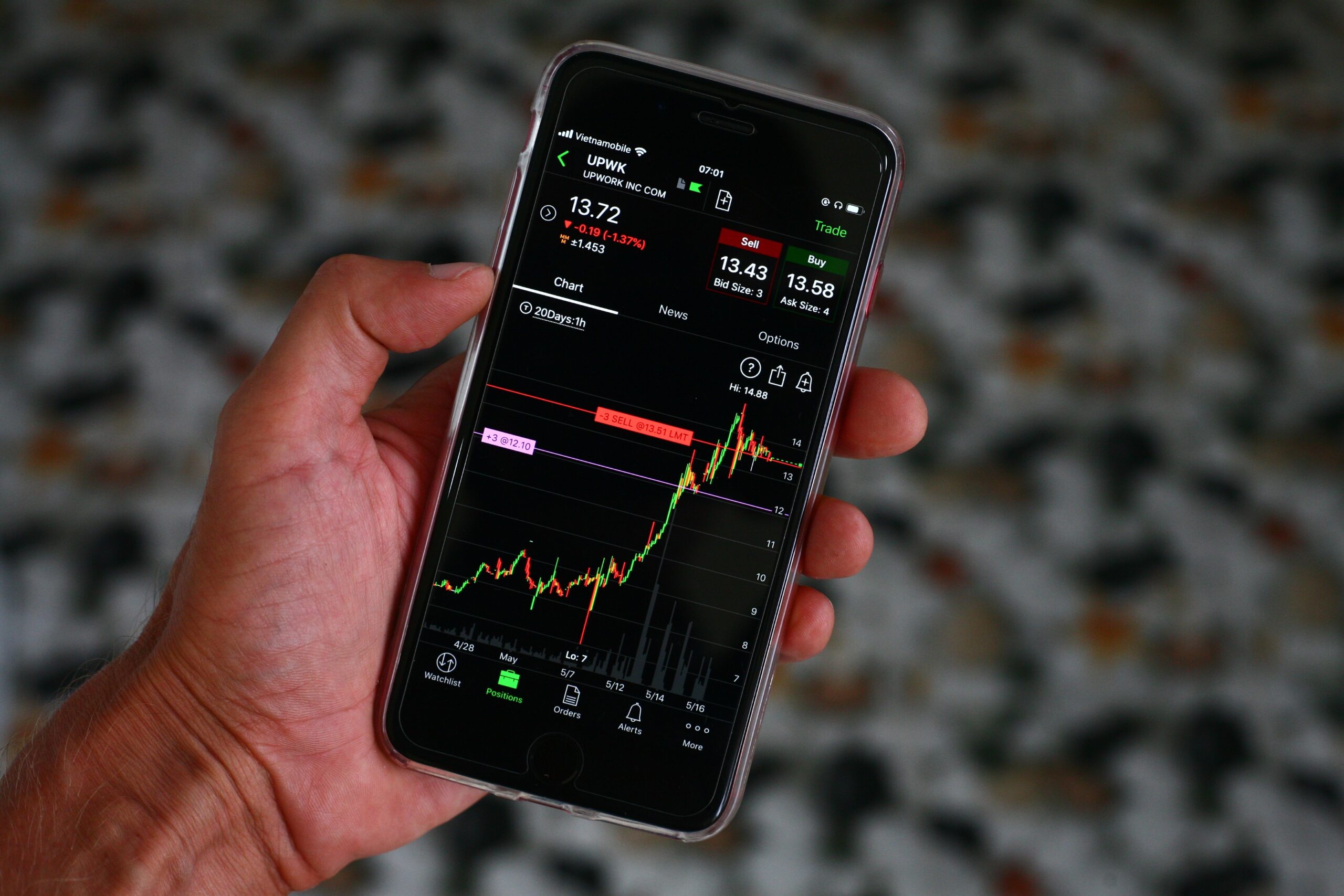How does options trading work? Options trading involves buying or selling options, understanding option premiums, monitoring option expiration dates, and potentially exercising options.
Delving into options trading unveils a nuanced financial derivative strategy, entailing the art of buying and selling options contracts. Options are financial instruments that give the holder the right, but not the obligation, to buy or sell an underlying asset at a specified price (strike price) within a predetermined period (expiration date).
How Options trading work: A closer look
Options trading encompasses two main categories: call options and put options. A call option affords the holder the privilege to purchase an underlying asset at a predetermined price, whereas a put option bestows upon the holder the right to sell the asset at a predetermined price. Participants in the options market can engage in buying or selling options contracts, with profitability hinging on the accurate anticipation of the underlying asset’s price movements.
It’s crucial to note that traders are under no obligation to exercise their options. The potential financial loss is limited to the premium paid for the contract, as traders can choose not to execute the option if it proves unprofitable. This characteristic distinguishes options trading from other financial instruments, providing a level of flexibility and risk management for market participants.
1. Buying Options (Going Long):
-
- Call Option: Imagine you’re bullish on a stock. You can buy a call option, paying a premium for the right to purchase the stock at a predetermined price within a specified period.
-
- Put Option: If you anticipate a stock’s price will drop, you can buy a put option. This grants you the privilege to vend the stock at a predetermined price.
2. Selling Options (Going Short):
-
- Call Option: As a seller of a call option, you receive a premium. However, you also are obligated to sell the underlying asset if the buyer decides to exercise the option.
-
- Put Option: Sellers of put options receive a premium but take on the obligation to buy the underlying asset if the option is exercised.
3. Option Premium:
-
- The price you pay (or receive) for an option is called the premium. It’s essentially the cost of buying an option or the income you earn from selling one.
4. Option Expiration:
-
- Options have a limited lifespan. If you don’t exercise or sell them before expiration, they expire worthless.
5. Option Exercise:
-
- The option holder has the right to exercise, i.e., buy or sell the underlying asset. This can be done at any time before or on the expiration date.
How Index Options Work
Within the realm of financial derivatives, index options stand as instruments intricately tied to the performance of an underlying stock market index. Offering investors and traders a strategic avenue, these options present an opportunity to navigate the dynamics of the broader market or delve into specific sectors, all achieved without the necessity of acquiring individual stocks. Here’s a detailed look at how index options work:
Key Strategies and Considerations:
-
Option Strategies: Traders employ various strategies, such as covered calls and spreads, to meet specific goals like hedging or generating income.
-
Risk and Reward: While options offer flexibility, they also come with risks. It’s crucial to understand the potential rewards and risks before diving in.
Conclusion:
Options trading opens up a world of possibilities for traders, allowing them to navigate the financial markets with a unique set of tools. As you embark on your options trading journey, remember to conduct thorough research, understand the language of options, and consider your risk tolerance.
FAQ
Q1: What is option trading, and how does it differ from stock trading?
A: Options trading involves buying and selling options contracts, giving the holder the right (but not the obligation) to buy or sell an underlying asset at a predetermined price within a specified timeframe. Unlike stock trading, which involves owning shares of a company, options provide flexibility without direct ownership of the asset.
Q2: What are call and put options?
A:
- Call Options: These provide the right to buy an underlying asset at a specified price before or at expiration.
- Put Options: These grant the right to sell an underlying asset at a predetermined price before or at expiration.
Q3: How do I make money with options?
A:
- Buying Options: Profit is made when the market moves in the anticipated direction.
- Selling Options: Profit is earned through collecting premiums, provided the market behaves as expected.
Q4: What factors influence option prices?
A: Option prices are influenced by the current stock price, strike price, time until expiration, volatility, and interest rates. These factors collectively determine the premium.
